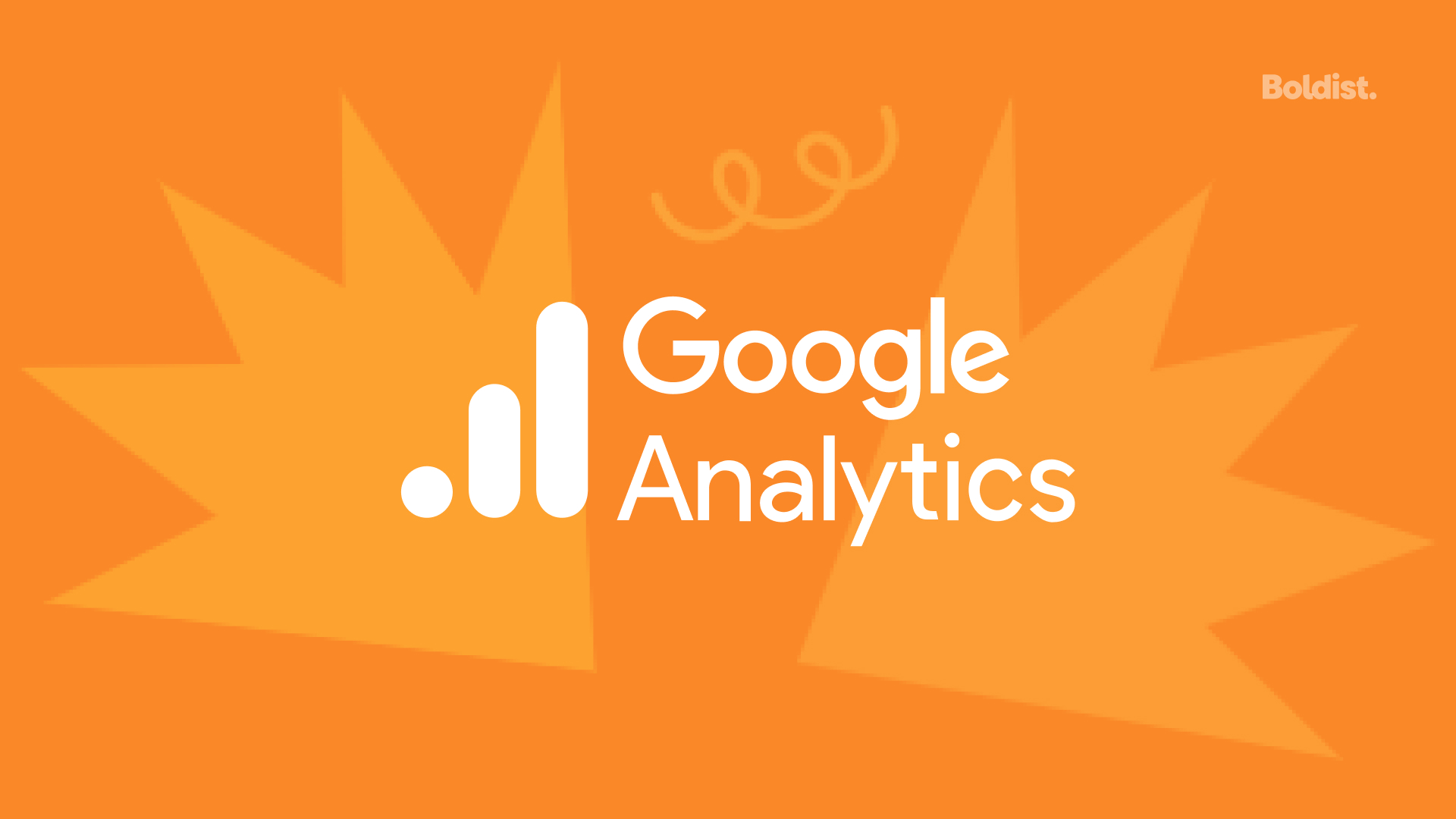A new way to measure data through Google has arrived, and it’s called Google Analytics 4.
Built on the foundations of the App + Web property introduced in 2019, Google Analytics 4 is now the default experience for all new properties, and it is where Google will be investing their time and resources for future improvements.
Like Web + App, Analytics 4 will allow analysis across platforms and can measure app and web interactions together. Users will also have access to machine learning and behavior predictability modeling – all without the need for cookies or identifiers by using Google Signals.
How will your website be affected by Google Analytics 4?
Google Analytics 4 is a new system – not an upgrade to the analytics you already have running. As a result, you will need to set up a new GA4 Property in your account. And while GA4 will eventually replace Universal Analytics, this switch won’t happen right away.
You should set up dual tracking by continuing to run Universal Analytics while establishing GA4 tracking following one of these two methods:
- Populate your GA4 property with a gtag.js that you already have running on your site.
- Add the GA4 tag to your site through Google Tag Manager.
Smarter insights, predictability modeling
New dashboards will focus on customer-centric measurements and will help you understand more about the customers of your business, how they discover you, and the actions they go on to take.
Google will offer more insights based on marketing goals and online conversions. You will be able to access Google’s churn probability analysis based on your traffic source so you can make smarter marketing budgetary decisions depending on predicted ROI. Continuing on the trend of improving analytics for marketing goals, there will also be a deeper integration with Google Ads.
Data collection meets consumer expectations for user privacy
GA4 has been built for the future of digital marketing, including smarter analytics and data collection that does not rely on cookies. GA4 intends to protect user data privacy as well as use advanced modeling to accurately fill in the gaps in your data.
GA4 will also offer more granular data control so that you can review and implement your own practices; you control how you retain data so that you can stay up to date with changes in data privacy policy in the markets you operate in.
When to make the switch to GA4
The sooner you create a Google Analytics 4 property, the sooner you can collect data and play around with the new dashboards available to you. Getting started early has a lot of benefits, including having an opportunity to learn by doing – and you can still have your Universal Analytics properties running while you experiment.
So create a new Google Analytics 4 property alongside your current Analytics account (or work with a digital marketing agency), and practice using the new dashboards. Stay up-to-date with any improvements and features that Google introduces by using the Google Analytics 4 platform and staying informed.

